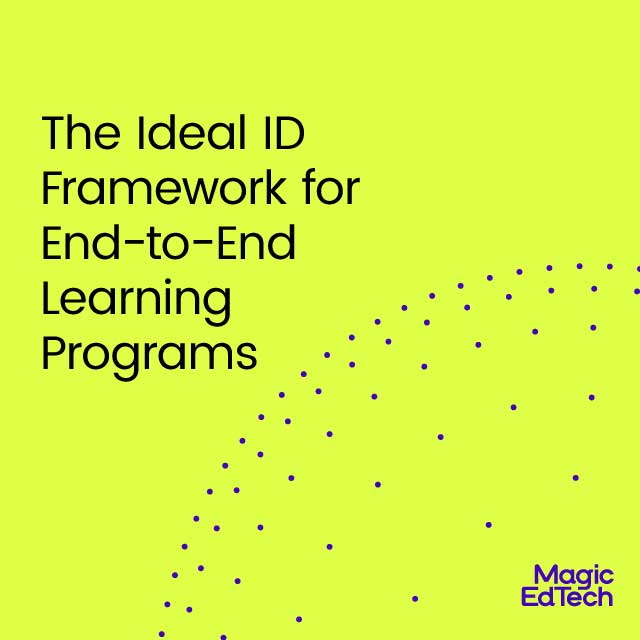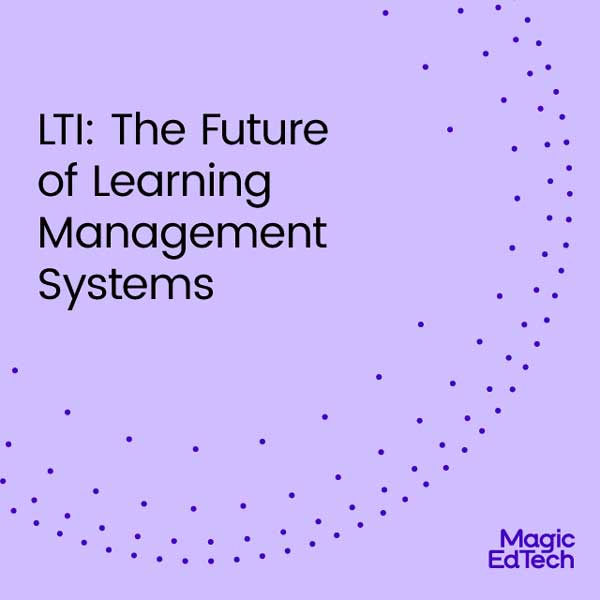Why Content Design is EdTech’s Game-Changing Revelation
- 14 June, 2023
- Reading Time: 5 mins
In the present-day competitive edtech market, the success of your learning products relies heavily on their ability to deliver measurable impact and meet the evolving needs of educators. That is why many edtech startups consult with content design experts when starting their businesses.
With a growing emphasis on outcomes and user experience, one must recognize the crucial role that content design plays in engaging learners. By focusing on interactive, thoughtfully designed content, and aligned with educational objectives, your learning product can perform better and drive better learning outcomes.
Understanding the Role of Content Design in EdTech Products
“Design is not just what it looks like and feels like. Design is how it works.”
— Steve Jobs
Before we dive into the details about the importance of content design in the EdTech market, here is a quick refresher about the concept.
Simply put, content design in edtech is the process of creating educational materials that are customized to learners’ needs and styles. It includes the selection of relevant and high-quality content and the presentation of that content to maximize engagement and knowledge retention.
EdTech products can provide students with a rich and immersive learning experience by adding interactive elements and multimedia assets that align with pedagogical principles. So, what does an ideal content design process look like? Here is how it works.
- Step 1: When developing content, instructional designers, subject matter experts (SMEs), and content creators collaborate to combine their unique expertise.
- Step 2: SMEs contribute their domain knowledge, ensuring the content is accurate and up-to-date. At the same time, instructional designers provide meaningful insights and structure the content to facilitate effective learning.
- Step 3: This collaboration helps create high-quality educational content that blends subject matter expertise with effective instructional design.
What Challenges Do EdTech Companies Face in Content Design?
As an owner of an EdTech company, you will encounter several challenges when it comes to content design and adoption of your products.
One major challenge is striking the right balance between engaging content and academic motivation. You have to balance captivating students with meeting academic standards. Together, these will help your product achieve the learning goal.
Apart from the points above, here are the other factors to consider:
- Address how you make content accessible and inclusive.
- Adhere to accessibility guidelines to ensure that all learners can access and benefit from the educational content.
- Provide alternative formats and captions for multimedia assets and ensure compatibility with assistive technologies.
- Create the right content by mapping to state standards and educational frameworks.
- Understand the correlations and alignment with standards, including metadata writing.
- Provide teachers and educators with the necessary tools for delivering effective instruction.
Ensuring Quality Standards and Continuous Improvement
Now that you have a clear understanding of the challenges in EdTech content design let’s look at the things that will help you grow and sustain your EdTech business – quality and consistency.
Maintaining high-quality standards in content design is essential for EdTech products. Onboarding subject matter experts and leveraging their expertise for both technical and non-technical content is crucial.
You need to ensure that the collaboration between SMEs and instructional designers leads to well-structured and accurate content that caters to the specific needs of students.
So, how can you keep the quality standards high to ensure continuous improvement? Here are a few tips:
- Stay on top of the editorial and proofreading services, as they play a vital role in ensuring the overall quality of educational materials.
- Identify and rectify any errors, inconsistencies, or ambiguities in your content to enhance its readability and credibility.
- Follow iterative design to improve the essential aspects of content design continuously.
- Collect and analyze user feedback and leverage analytics to gain valuable insights into the effectiveness of your content.
Note: Data-driven decision-making allows for targeted refinements and optimizations to help your students achieve better learning outcomes.
Guide to Achieving a Good Content Design Workflow
To achieve a good content design workflow, you should follow a systematic approach that aligns with your client’s organizational goals and user needs.
Here are some tips to achieve a credible content design workflow:
Initial Assessment and User Research
Conduct an initial assessment of the target audience and understand their requirements. User research helps identify preferences, learning styles, and pain points, allowing for tailored content creation.
Content Analysis and Mapping
Perform a thorough content analysis to identify the required content resources. Map these resources to clearly defined, goal-oriented organization and user activities. This process helps establish a logical structure and connection between the identified content and the desired learning goals.
Developing a Content Strategy
Develop a content strategy that encompasses the identified goals and aligns with the organization’s vision. This strategy should include guidelines for content creation, incorporating elements such as interactivity, multimedia assets, and assessment methods.
Measurement, Evaluation, and Iteration
Implement user testing and feedback activities to measure the effectiveness of the content. Evaluate the collected data to identify areas for improvement and make iterative refinements based on user feedback. This continuous process ensures that the content evolves regularly and aligns with the purpose and vision.
Next Steps?
Content design plays a pivotal role in the success of EdTech products by enhancing user experience and driving better learning outcomes. By prioritizing engaging and interactive content that aligns with educational objectives, you can overcome the challenges in content design adoption.
Remember, a collaboration between your subject matter experts and instructional designers, adherence to quality standards, and a commitment to continuous improvement are key ingredients for creating high-quality educational materials.
If you want to create a successful EdTech product that can outperform the competition, it is best to get in touch with a content design consultant. A professional content design consultant can help you create products and materials that resonate with Learning Product Heads, Content Directors, and Instructional Designers.
To know more about how you can create a leading EdTech platform with a friendly interface, contact us today. Email us at marketing@www.magicedtech.com to explore the Magic EdTech platform capabilities and take your EdTech business in the right direction.





